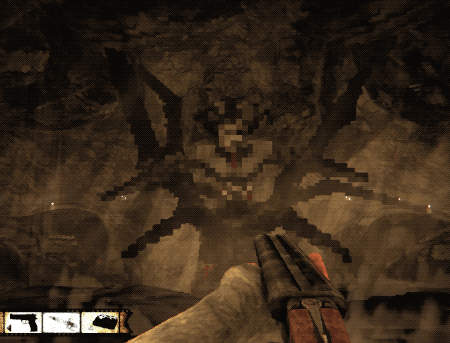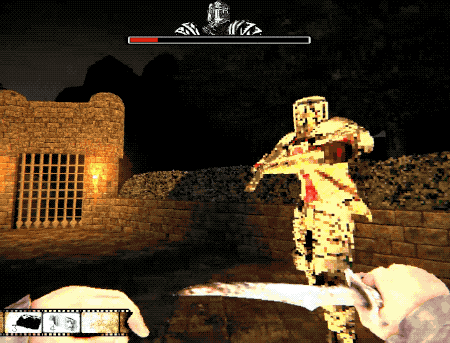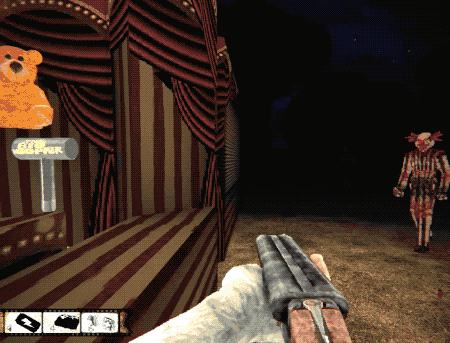Nordgrenexperience - Untitled

More Posts from Nordgrenexperience and Others
The Quadski gives the term “all-terrain vehicle” a whole new meaning.

Cell phone broke recently? In market for a new one? Come check our deals at nordgrenexperience.com
https://www.nordgrenexperience.com/product-page/samsung-galaxy-s20-plus-g985fd-dual-sim-8gb-ram-128gb-lte-cosmic-grey
Is your battery not holding a charge, upgrade at nordgrenexperience.com




Google. patreon.com/chrishallbeck

Look for the latest in personal electronics at nordgrenexperience.com
Do you need headphones for your gaming? Checkout thenordgrenexperience.com for the best selction or search for anything.

Amazing girl D.va (Hana Song) in headphones: Overwatch (game by Blizzard) digital drawing [Artist: KAIWANG]

Check out the meteor shower this week. At it ‘s peak tomorrow morning Aug 12 between 2 am and sunrise. nordgrenexperience.com
The Perseid Meteor Shower Is Here!

Image Credit: NASA/Bill Ingalls
The Perseids are at their peak this week!
The Perseid meteor shower, one of the biggest meteor showers of the year, will be at its brightest early in the morning on Wednesday, August 12. Read on for some tips on how to watch the night sky this week – and to find out: what exactly are the Perseids, anyway?

Credit: NASA/Bill Ingalls
Your best chance to spot the Perseids will be between 2 AM and dawn (local time) the morning of August 12. Find a dark spot, avoid bright lights (yes, that includes your phone) and get acclimated to the night sky.
Your eyes should be at peak viewing capacity after about 30 minutes; though the Moon may block out some of the dimmer meteors, you should still be able to see up to 15-20 an hour. If you’re not an early bird, you can try and take a look soon after sunset (around 9 PM) on the 11th, though you may not see as many Perseids then.

Credit: NASA/MEO
If it’s too cloudy, or too bright, to go skywatching where you are, you can try again Wednesday or Thursday night – or just stay indoors and watch the Perseids online!
Our Meteor Watch program will be livestreaming the Perseids from Huntsville, Alabama on Facebook (weather permitting), starting around 9 p.m. EDT on August 11 and continuing through sunrise.
So… why are they called the Perseids?
Because all of a meteor shower’s meteors have similar orbits, they appear to come from the same place in the sky – a point called the radiant.

The radiant for the Perseids, as you might guess from the name, is in the constellation Perseus, found near Aries and Taurus in the night sky.
But they’re not actually coming from Perseus, right?

Credit: NASA/Joel Kowsky
Right! The Perseids are actually fragments of the comet Swift-Tuttle, which orbits within our solar system.
If you want to learn more about the Perseids, visit our Watch the Skies blog or check out our monthly “What’s Up” video series. Happy viewing!
Make sure to follow us on Tumblr for your regular dose of space: http://nasa.tumblr.com






Solace Dreams is an incredible Silent Hill and Dark Souls inspired survival horror DOOM total conversion mod where each area is a totally different nightmare!
Check Out a Gameplay Video Here

Paul McCartney photographed at EMI Studios, London on the 24th June 1967.
The Quadski gives the term “all-terrain vehicle” a whole new meaning.
